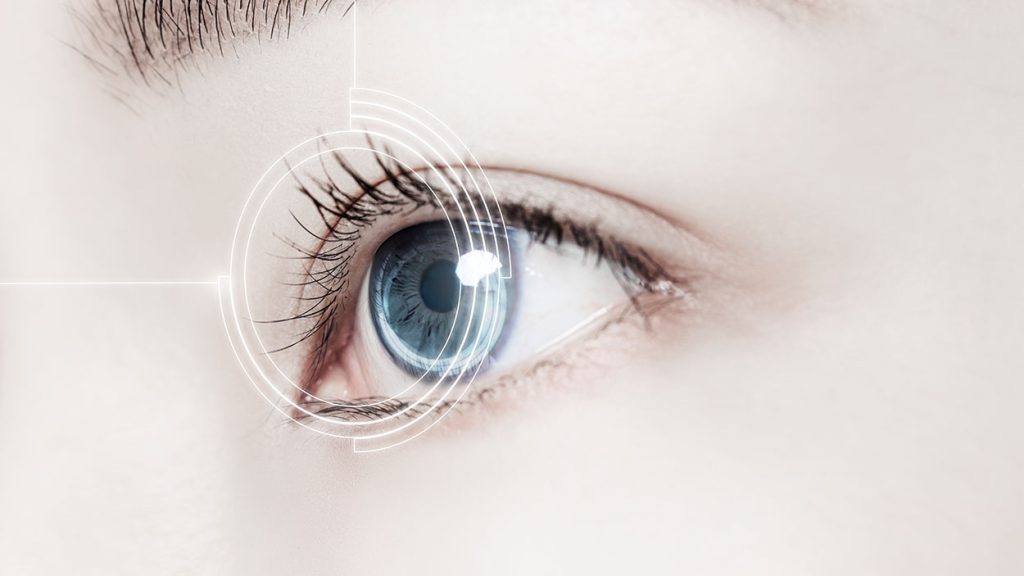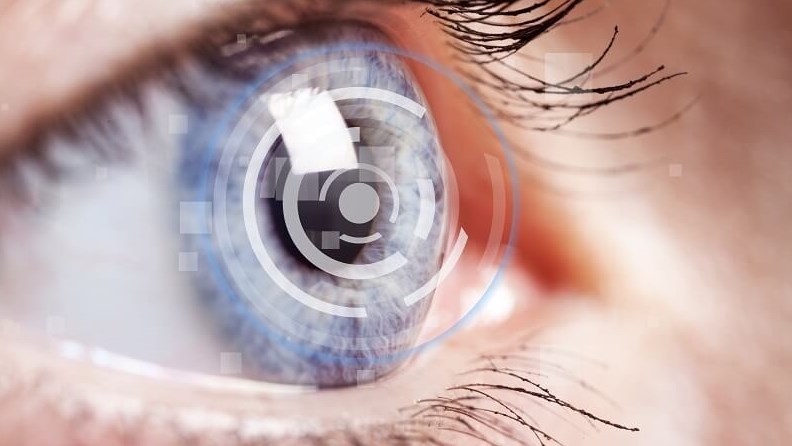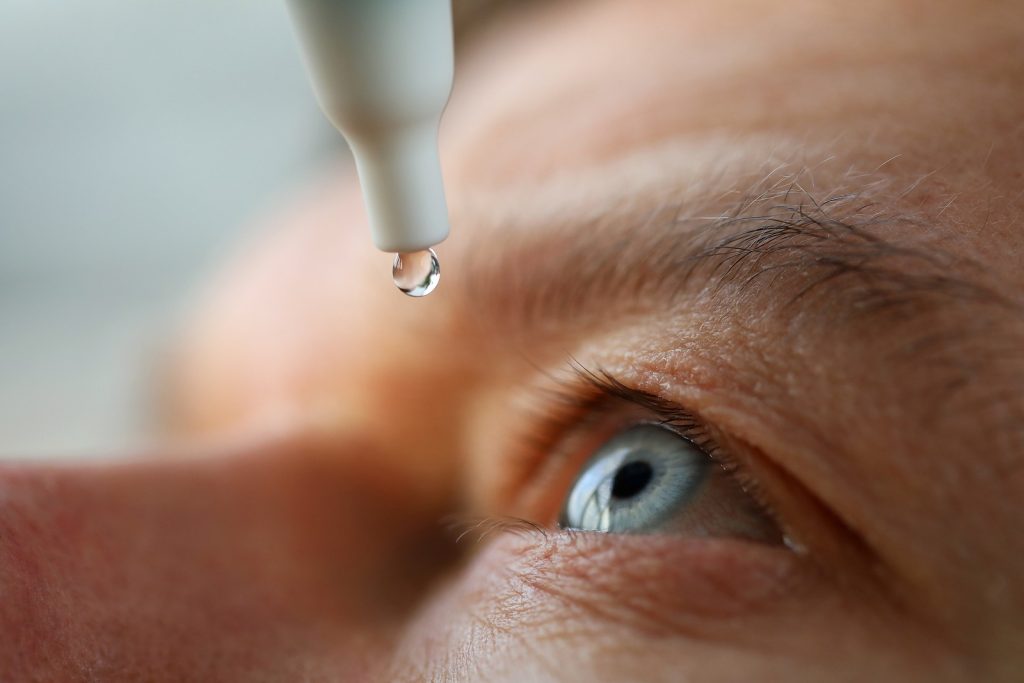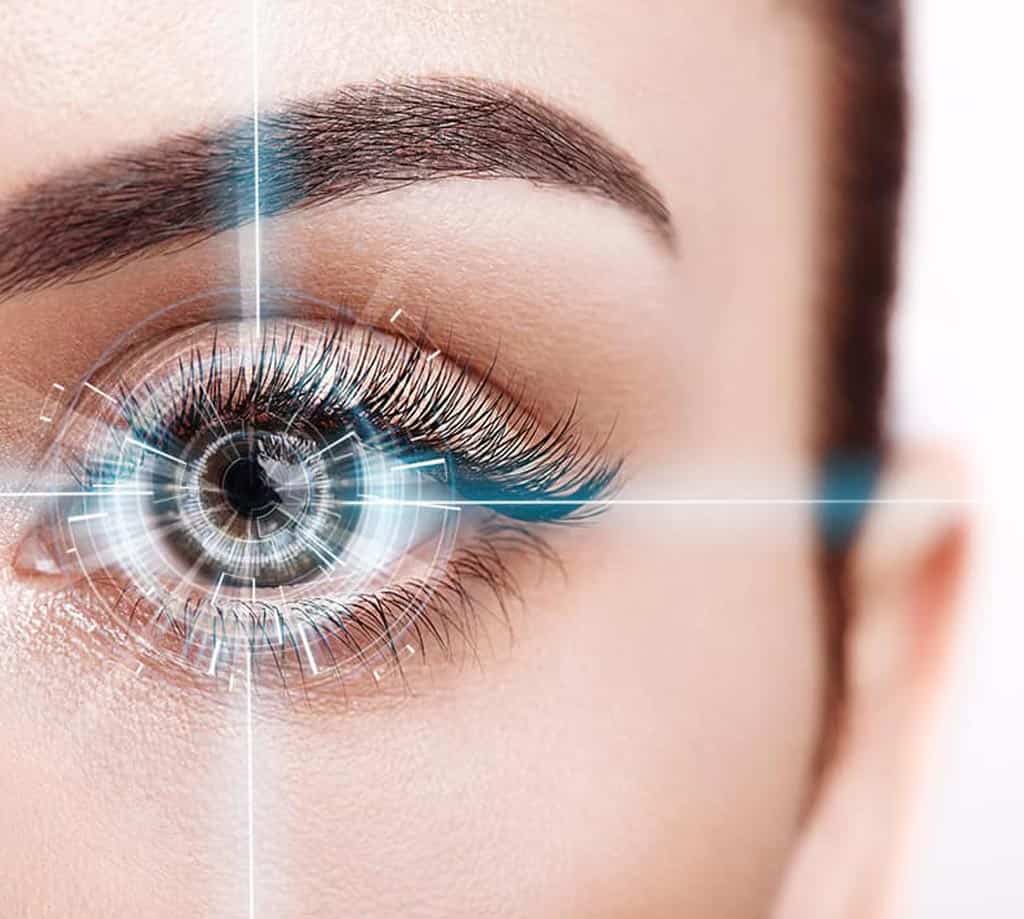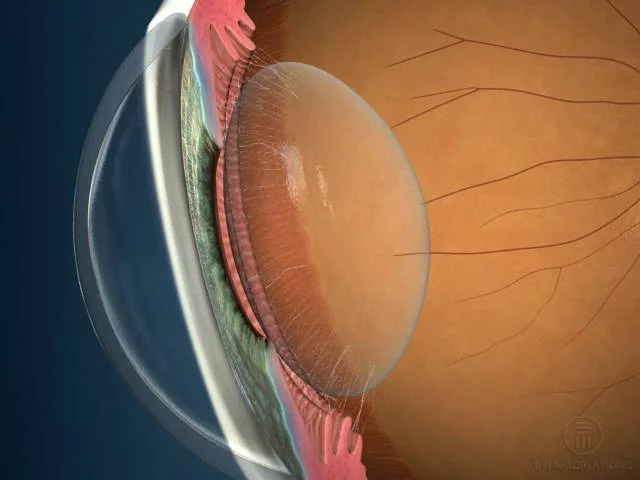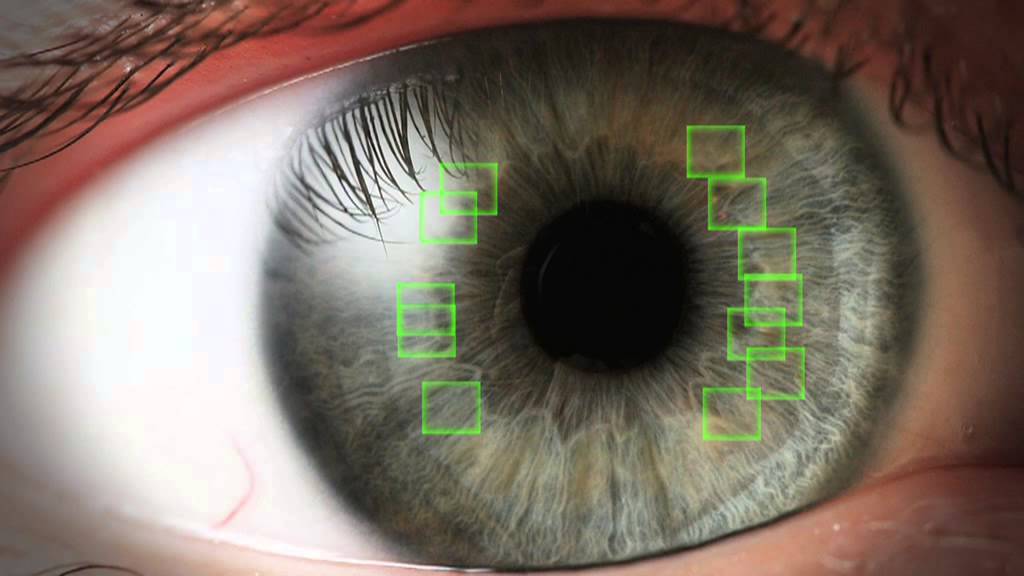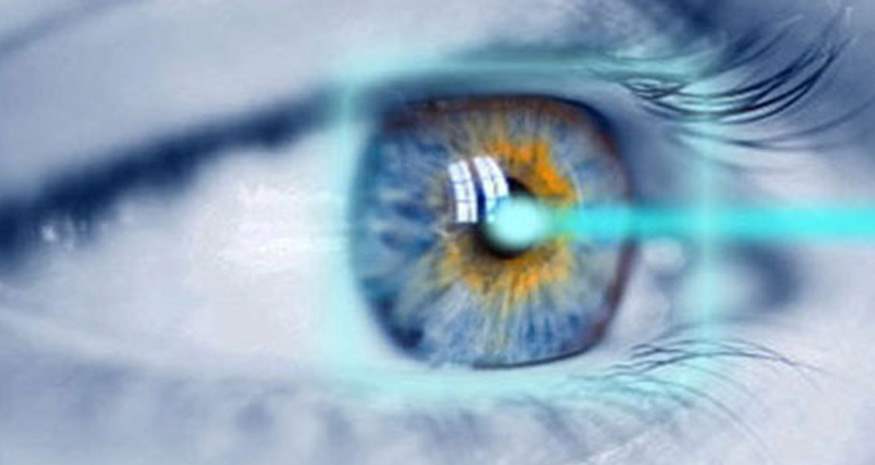Trifocal Intraocular Lens
With increasing age, the eye cannot see near because the lens’s flexibility lessens over time. This is called a near vision problem (presbyopia). Trifocal artificial intraocular lenses are one of the most used modern methods in the treatment of presbyopia.
Intraocular Lens Application
The application of intraocular lenses, also called smart lenses, generally includes the following steps:
– General anesthesia is given to the patient.
– Incisions are made in the cornea according to the lens to be applied.
– The intraocular lens is placed in the eye with the correct application.
– The surgery takes an average of 15 minutes for one eye. Both eyes can be operated on the same day, but it is usually preferred to do it on different days.
– After Intraocular Lens Surgery protective glasses are used immediately after the operation and staying in the hospital is not necessary.
Advanced laser technologies for eye disease treatments are also available in Turkey:
